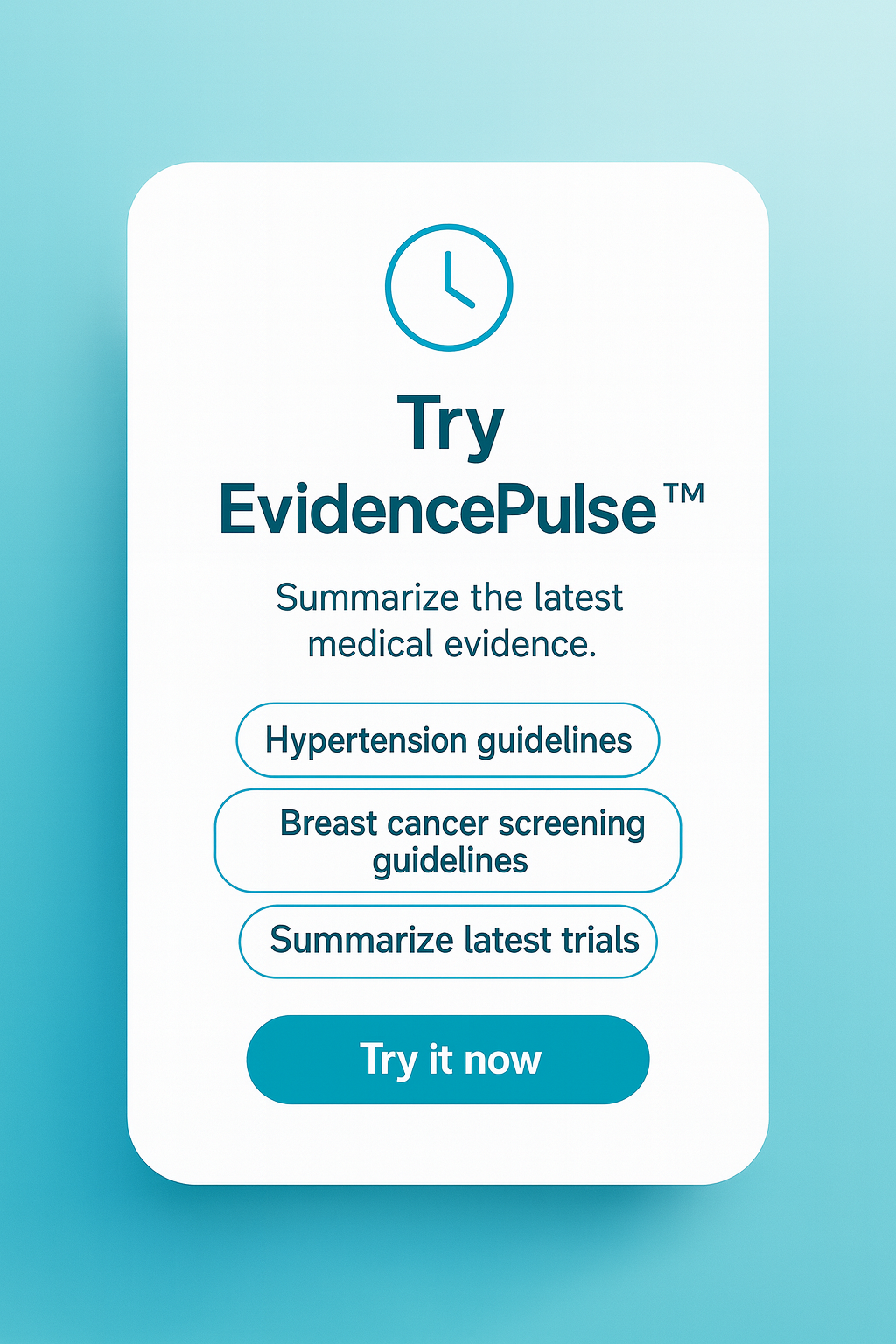Linzagolix significantly reduces heavy menstrual bleeding in women with uterine fibroids
1. Linzagolix (100 mg and 200 mg) significantly reduced heavy menstrual bleeding in women with uterine fibroids compared to placebo.
2. The highest incidence of adverse events, most commonly hot flushes, were seen in women on full-dose linzagolix without hormone add-back therapy.
Evidence Rating Level: 1 (Excellent)
Study Rundown: Uterine fibroids are a common cause of abnormal uterine bleeding and pelvic pain. Current treatments for uterine fibroids are mainly surgical, including hysterectomy, or radiological. Linzagolix is a gonadotropin-releasing hormone receptor antagonist which has shown efficacy in the reduction of heavy menstrual bleeding. Linzagolix at a dose of 200 mg daily results in full estradiol suppression and are only approved for uterine fibroids with hormonal add-back therapy for the prevent of bone mineral density loss. A partial dose of linzagolix of 100 mg may therefore result in a reduction in heavy menstrual bleeding with less hypoestrogenic adverse effects. This study analyzed the combined results of two randomized controlled trials evaluation the safety and efficacy of linzagolix for the reduction of heavy menstrual bleeding. Women with uterine fibroids were randomized into five groups of either placebo, partial-dose linzagolix with or without hormonal add-back therapy, and full-dose linzagolix with or without hormonal add-back therapy. A significantly higher portion of women achieved a reduction in heavy menstrual bleeding with linzagolix compared to placebo. Highest response rate was seen in the 200 mg linzagolix group with hormonal add-back therapy. The highest incidence of adverse events, most common being hot flushes, were seen in the linzagolix group without hormonal add-back therapy. Dose-related bone mineral density losses were seen with linzagolix. Limitations of this study include the inability to assess long-term effects of partial dosing of linzagolix without add-back therapy, such as on bone mineral density. Nonetheless, this study demonstrated that linzagolix (partial and full-dose) significantly reduces uterine fibroid-related heavy menstrual bleeding. Partial dose linzagolix without add-back therapy may provide an option for women who are unable or do not want to take hormonal add-back therapy.
Click to read the study in The Lancet
In-Depth [randomized controlled trial]: This study described the results of two randomized controlled trials, PRIMROSE 1 and PRIMROSE 2, which were identical in design. Both studies were 52-week phase 3 clinical trials evaluating the efficacy and safety of linzagolix in women with uterine fibroids. A total of 511 women in PRIMROSE 1 and 501 women in PRIMROSE 2 with uterine fibroid-associated heavy menstrual bleeding were included in the full analysis set. Women were randomly assigned 1:1:1:1:1 to one of five treatments: 1) placebo, 2) 100 mg linzagolix per day alone, 3) 100 mg linzagolix per day with hormonal add-back therapy, 4) 200 mg linzagolix per day alone, or 5) 200 mg linzagolix per day with hormonal add-back therapy. Hormonal add-back therapy was 1 mg estradiol and 0.5 mg norethisterone acetate daily. Response rate was defined by menstrual blood loss <80 mL and >50% reduction from baseline at 24 weeks. In both studies, linzagolix (with or without hormonal add-back therapy) resulted in a reduction of heavy menstrual bleeding compared to placebo (p<0.003). Response rates were higher in the 200 mg groups compared to 100 mg group. The highest response rate in both studies was seen in the 200 mg group plus add-back therapy (75.5% in PRIMROSE 1 and 93.9% in PRIMROSE 2). The most common adverse event attributed to linzagolix were hot flushes (35% of participants in PRIMROSE 1 and 32% in PRIMSON 2 with linzagolix 200 mg alone). Dose-dependent bone mineral density losses were seen with linzagolix (4% in lumbar spine at 24 weeks with 200 mg compared to 2% with 100 mg).
©2022 2 Minute Medicine, Inc. All rights reserved. No works may be reproduced without expressed written consent from 2 Minute Medicine, Inc. Inquire about licensing here. No article should be construed as medical advice and is not intended as such by the authors or by 2 Minute Medicine, Inc.








